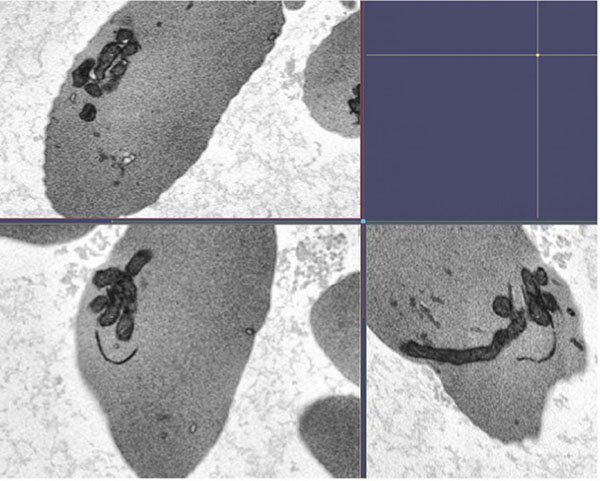IRP scientists discover how DNA fragments can trigger inflammation in sickle cell disease
Researchers have discovered that DNA from the mitochondria — the cell’s “powerhouses” — acts as a danger signal in the body and triggers inflammation in people with sickle cell disease. A better understanding of mitochondrial DNA, long known to circulate in human blood, may provide vital insight into how to stop the underlying chronic inflammation that marks this inherited red blood cell disorder. It could also lead to new ways to reduce the pain crises suffered by people living with the life-threatening disease.
The study, published in the journal Blood, was supported by the National Heart, Lung, and Blood Institute (NHLBI), part of the National Institutes of Health.
“These study findings suggest that measuring DNA of mitochondrial origin could help us better understand its role in pain crises, destruction of red blood cells, and other inflammatory events in sickle cell disease,” said Swee Lay Thein, M.B., D.Sc., chief of the Sickle Cell Branch at NHLBI. “It could also serve as a marker of disease progression and a way to measure the effectiveness of therapeutic interventions.”

Scanning electron microscopy image of mitochondrial bundles in several sickle cell red blood cells, showing evidence that circulating red blood cells from people with sickle cell disease abnormally retain mitochondria.
This page was last updated on Friday, January 21, 2022